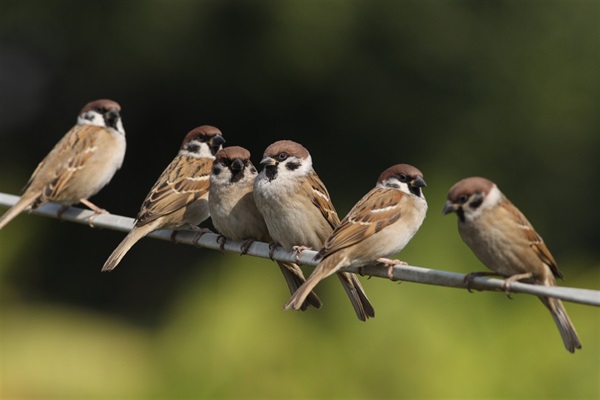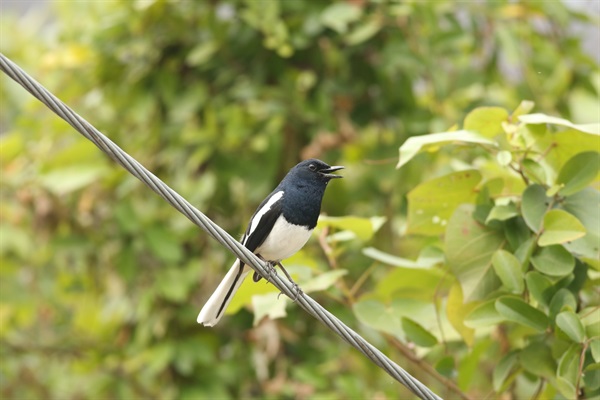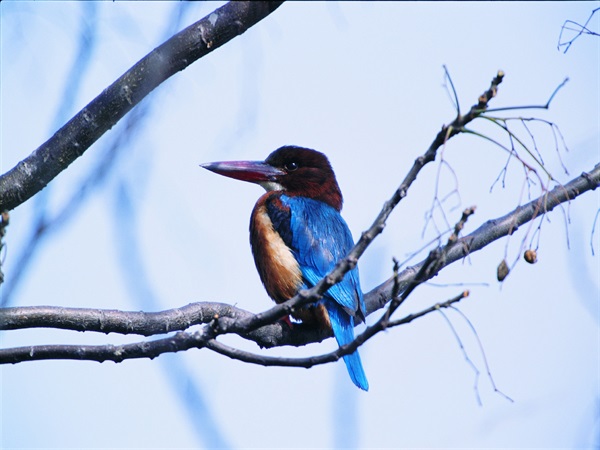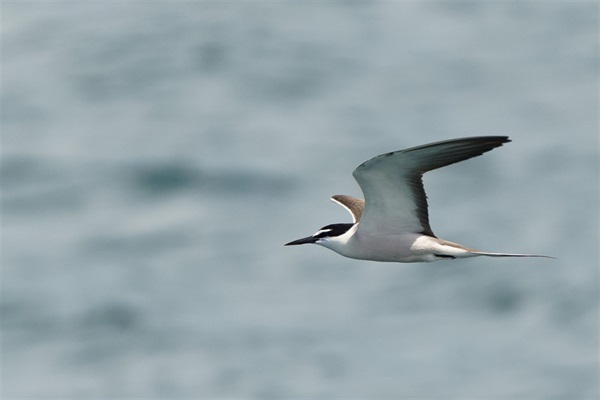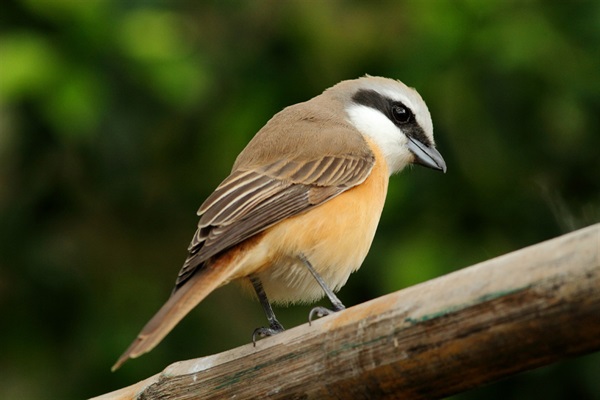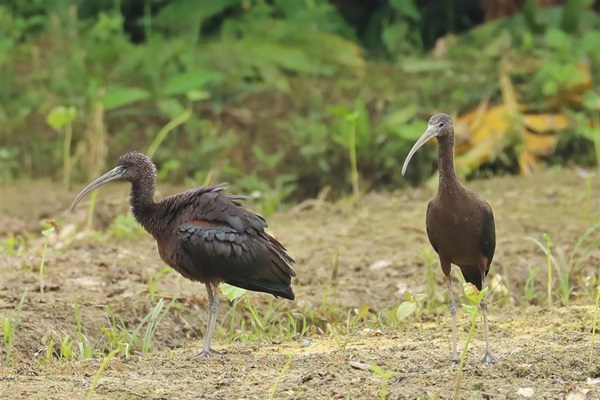Although small in area, Hong Kong has over 580 bird species, representing one third of the total number of species recorded in China. This diversity is mainly attributed to our geographical location. Situated on the southern coast of China, Hong Kong is blessed with a sub-tropical monsoon climate, which nurtures a host of natural habitats like wetlands, woodlands and shrublands.
Birds exhibit various morphological traits and behaviours. Based on their migratory habits, birds in Hong Kong can be broadly classified as resident species, migrating species, passage migrants, occasional visitors and vagrants.
Resident bird species are those that normally live and breed in Hong Kong their entire lives. About one-fifth of bird species recorded in Hong Kong are resident birds. Eurasian Tree Sparrow (Passer montanus), Oriental Magpie Robin (Copsychus saularis), Eurasian Magpie (Pica serica), Black-crowned Night Heron (Nycticorax nycticorax) and Red-whiskered Bulbul (Pycnonotus jocosus) can be commonly seen in urban areas. In rural areas, White-throated Kingfisher (Halcyon smyrnensis) and Little Egret (Egretta garzetta) can be regularly seen in wetlands. The Cinereous Tit (Parus cinereus) and Swinhoe's White-eye (Zosterops simplex) are common in Hong Kong woodlands during all seasons.
There are two common types of seasonal migrating birds in Hong Kong, summer visitors and passage migrants. Summer visitors usually breed in Hong Kong and fly south in winter; however, they account only for a small portion of Hong Kong birds. On remote islands in the Eastern waters, Bridled Tern (Onychoprion anaethetus), Roseate Tern (Sterna dougallii) and Black-naped Tern (Sterna sumatrana) can be found while in woodland areas. Hainan Blue Flycatcher (Cyornis hainanus) and Chestnut-winged Cuckoo (Clamator coromandus) are often seen in summer. Small number of waterfowls, such as Yellow Bittern (Ixobrychus sinensis), migrate to Hong Kong and breed in summer. On the other hand, many passage migrants pass through Hong Kong every year as Hong Kong is a stopover point along the East-Asian Australasian Flyway. Mai Po Inner Deep Bay Ramsar Site is a stopover site for migrating waders where they take a break before embarking on their long journey to the South/North. These migratory species include raptors, waders and passerines such as Chinese Sparrowhawk (Accipiter soloensis), Spoon-billed Sandpiper (Calidris pygmea) and Brown Shrike (Lanius cristatus).
Some birds, such as Black-winged Kite (Elanus caeruleus), Oriental Stork (Ciconia boyciana) and Rufous-faced Warbler (Abroscopus albogularis), can appear in the vicinity of Hong Kong and stop by the territory as occasional visitors. In addition some birds get lost and stray far from their original flight path during migration due to various reasons (such as poor weather conditions), and they are called the vagrants. Examples include the two Siberian Crane (Grus leucogeranus) that appeared in Luk Keng and Mai Po Nature Reserve in 2016, and Glossy Ibis (Plegadis falcinellus) found in Long Valley in 2019.
View Checklist in Species Database
